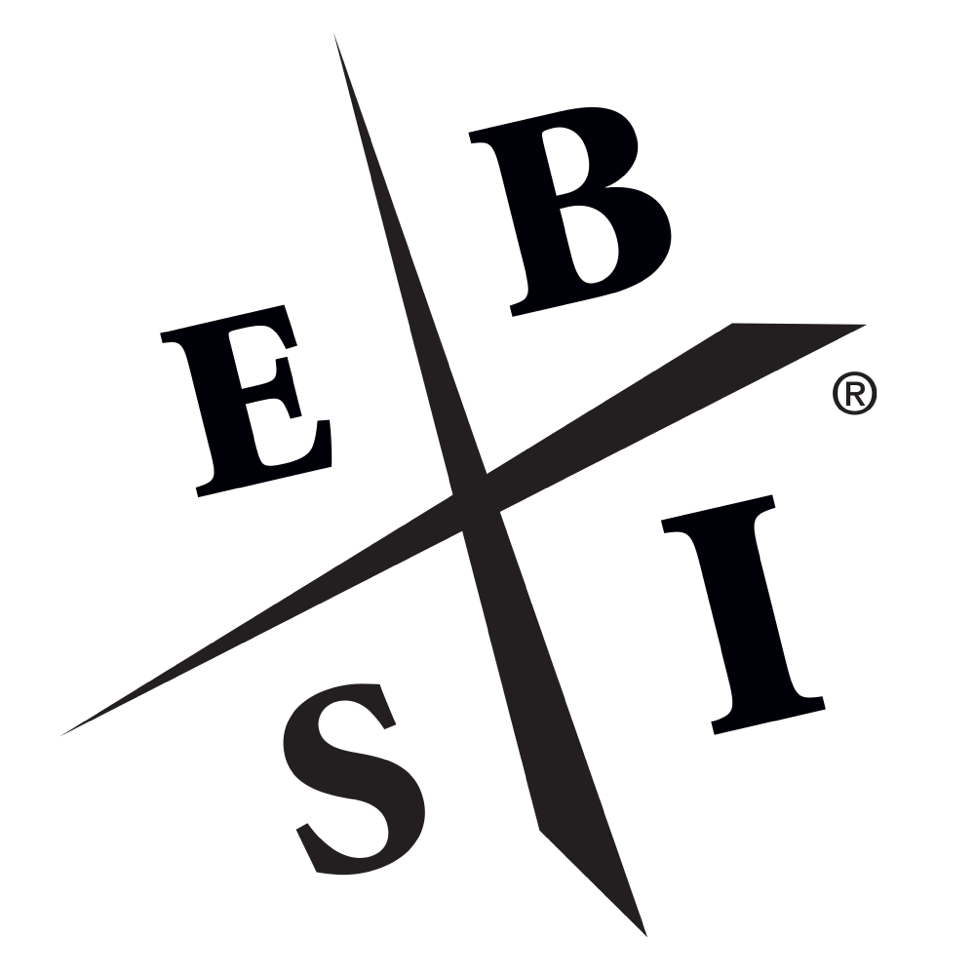Blog | Personal Finance
How the Rich Always Recover
When it comes to recovery, the rich always manage to do so. They have their financial education to thank for that. Discover how you can too.
October 25, 2022
As a result of the COVID 19 pandemic, the United States saw a historic drop in output, causing our GDP to fall by almost 9 percent at the end of 2020. This was singlehandedly the largest single contraction in more than 70 years. However, according to Deloitte, the current U.S. economy - albeit slow - seems to be showing some slight improvement.
Though inflation remains concerning, other measures for economic activity are growing, including employment, and the improved cost of oil, food and gasoline.
The overwhelming majority of people in America don’t feel the effects of this “recovery” — and the numbers prove it.
The rich are in an economic recovery
As the New York Times published: “Only the rich could love this economic recovery.”
According to Karen Petrou, a managing partner of Federal Financial Analytics, while the country’s bottom 50% gained $700 billion in wealth, the top 1% gained a whopping $10 trillion.
Additionally, the article outlines how savings, home values and stocks are up - all of these which favor the rich.
“The same can be said of real estate. Low interest rates set by the Fed spur lending, creating more demand to purchase homes and forcing prices higher. Rising equity is great for existing homeowners, but richer Americans who own property are the ones who benefit most.”
A smart person reading this news will want to ask, “Why?”


Why the rich are getting richer
Not surprisingly, this article spins this news in a negative way.
While I can certainly understand why this would be discouraging news for many people, there is another direction from which to view it — financial intelligence.
For years, I’ve been saying that the biggest opportunity for wealth transfer was in front of us with the financial crisis but that only those with financial intelligence and a financial education would profit from it.
Crash course
At a young age, I knew I wanted to be rich. I saw my parents struggle and the stress it brought, and I knew that wasn’t for me. I wanted to buy nice things, be generous, and enjoy life worry free.
When I told my rich dad, my best friend’s dad who was a successful businessman, that I wanted to be rich, he asked, “How do you think you become rich?”
“You make a lot of money,” I said confidently.
“That’s partially correct,” my rich dad said. “But you can make a lot of money and still not be rich.” He went on to explain how some employees and self-employed people made a lot of money but weren’t rich because they had low financial intelligence. They lost most of their wealth to high taxes and by purchasing liabilities.
That was too much for my young brain to comprehend. I just knew I wanted to make a lot of money. But now that I’m older - and hopefully wiser - I understand what my rich dad meant. Money doesn’t make you rich. Your financial intelligence does.
That’s why our mantra at Rich Dad is “Knowledge is the new money.”
The rules of money
In my book, “Conspiracy of the Rich: The 8 New Rules of Money”, I talk about the four things that steal your wealth: Taxes, Debt, Inflation, and Retirement. People who make a lot of money aren’t necessarily rich because they lose so much of it to those four forces.
Here’s an example. Let’s say we have two people who both earn $100,000. One pays 20 percent in taxes, has a crippling mortgage, and saves money in a 401(k) that barely keeps up with inflation. The other pays nothing in taxes, owns rental properties that provide passive income that adjusts with inflation, and has a plan to use that passive income to purchase more passive income investments. Who’s richer? It’s possible to make a lot of money and use the forces of taxes, debt, inflation, and retirement for your benefit—but it takes high financial intelligence to do som.
Here’s the fundamental problem for “the rich,” high-income employees: They have the highest tax burden, the lowest control over their retirement, and can sell only their time.
My CASHFLOW® Quadrant explains this simply. There are four types of people: Employees (E’s), Self-Employed (S’s), Big Business Owners (B’s), and Investors (I’s). The E’s and S’s are on the left side of the CASHFLOW Quadrant and the B’s and I’s are on the right side of the quadrant. Those on the left side pay the most in taxes, have the least control, and will never be truly rich. These are people like blue-collar employees but also people like doctors and lawyers who are self-employed but really don’t own a company—they own a job. They are victims to the four wealth-stealing forces.


Those on the right side, however, have all the tax advantages; have control over their money, business, and investments; and have the possibility of infinite returns because they know how to create money out of thin air through passive income. And they know how to use Taxes, Debt, Inflation, and Retirement to make them even richer—not poorer.

But, again, to be on the right side of the CASHFLOW Quadrant, you need a high financial intelligence.
Playing your cards right
Does the richest one percent get richer while everyone else gets poorer because the cards are stacked in their favor? Yes.
But it’s not that the stack of cards that makes the rich wealthier — it’s their ability to play the hand dealt to them.
Many want to fight the system rather than learn it. Fighting the system will get you nowhere. Understanding how the game of money is played and playing by the rules of the rich will; that requires increasing your financial intelligence through financial education.
The rich have a high financial intelligence, and they’ve used it to get richer during the last 20 years while the poor and middle-class have struggled playing by the old rules of money.
Sick of sitting stagnant financially? What are you going to do about it?
For free, financial education resources, click here.
Original publish date:
March 27, 2012